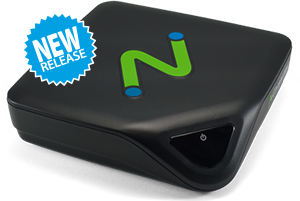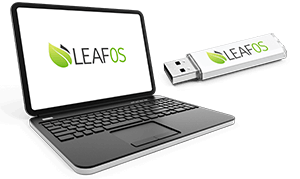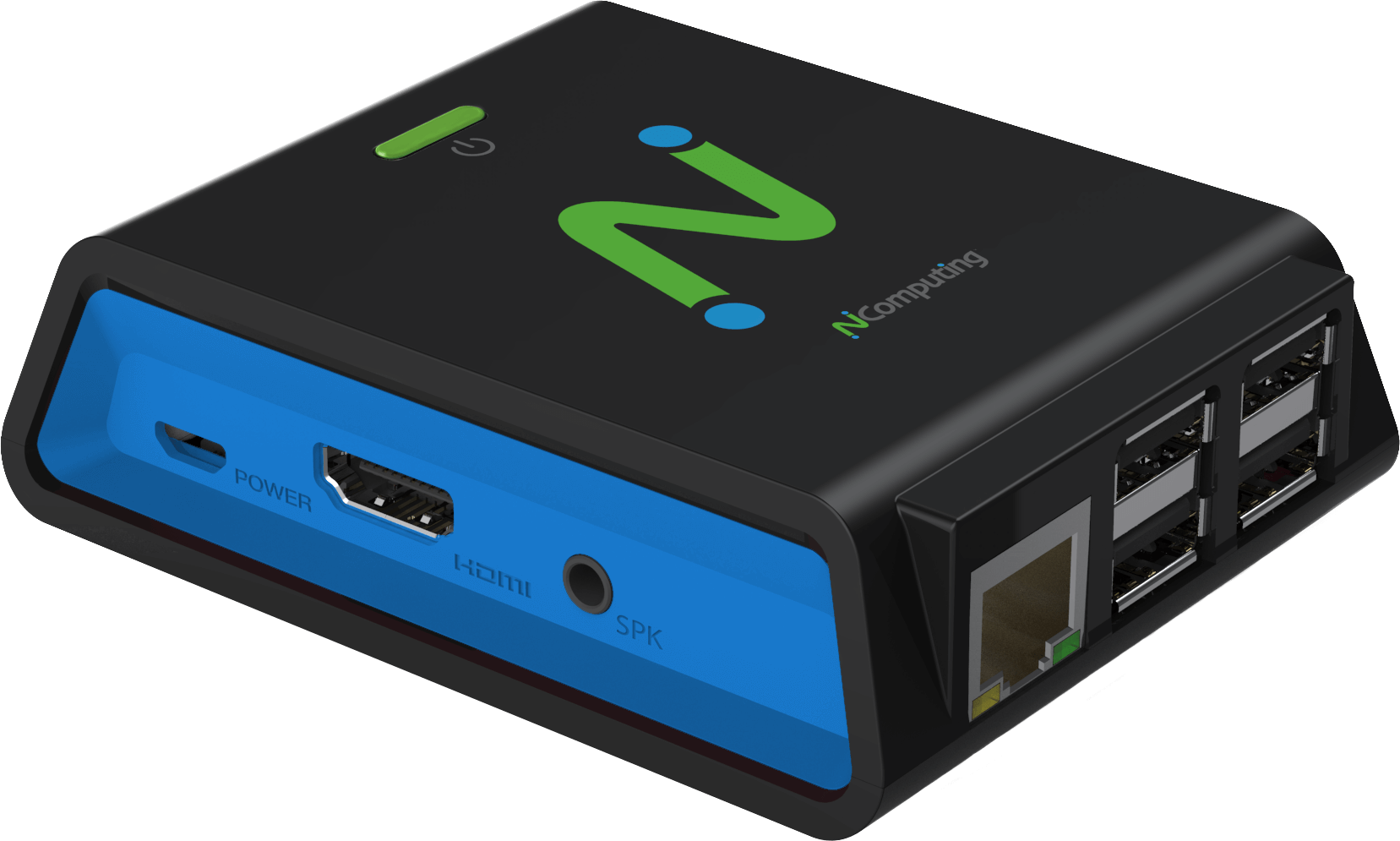City of Glasgow College moves to AVD and LEAF OS

For the City of Glasgow College, NComputing has networked around 1,300 thin clients with a new lean operating system, equipped them with PMC remote maintenance software, and helped them transition from Citrix to Azure Virtual Desktop (AVD) from Microsoft. The new cloud-based infrastructure has extended the life of the college’s existing hardware without a significant replacement investment, reduced ongoing costs, and opened up new functionality for faculty and students alike.
Since 2015, the IT manager Alex Dickson and his colleagues have networked around 3,500 thin clients with Citrix connections. For many years, this network was a sensible solution for ensuring that the 20,000 students and teaching staff at the largest college in the Scottish city were well provided for in terms of computer technology. The installation was aging and needed addressing.
Modernization of existing buildings instead of expensive new investment
“Our infrastructure was now too old,” says Alex Dickson. The choice was between a multi-million dollar investment in server hardware and software or a move to a cloud service like AVD. The City of Glasgow College chose AVD, leaving the endpoint issue remaining. Should the existing thin clients be replaced, or could a modern, robust endpoint be created by replacing the operating system?
The specific solution quickly emerged through an internet search and the discovery of NComputing. The college phased out two-thirds of its older thin clients focusing the IT department on approximately 1,300 endpoints. The lean, Linux-based “LEAF OS” operating system from NComputing, together with their PMC management software, served as a resource-saving basis for a cloud-oriented working and learning environment in which the services of the Azure cloud, among others, are now available.
Instead of Citrix, the college uses Microsoft’s Azure Virtual Desktop (AVD) for unified remote access ensuring a “one-stop” solution, more security, and good performance.
Implementation within one week over the Easter vacations
The adoption of NComputing was a direct hit. “Even the implementation was very speedy and based on what we wanted,” says Dickson. “The planning phase took two of us just under 5 months. Once we were ready, the four of us deployed nearly 1300 devices during the Easter holiday week and the new software was remotely installed via PXE. After Easter, people were using the new environment.” The NComputing team has continued to provide agile support to the college. “They were always quick to find solutions for us and were very helpful in implementing new features,” Dickson praises.
Since then, the Scots have had consistently good experiences with the new architecture: The PMC management software saves time, personnel, and other resources by managing the clients remotely. The IT specialists can now concentrate on their core tasks and no longer have to go to each computer specifically to solve simple problems manually.
Ultimately, the solution found with NComputing has been instrumental in significantly extending the life of the college’s existing hardware and information technology infrastructures without excessive investment.
Operating costs, especially energy, have also fallen thanks to the new cloud-based architecture, emphasizes Alex Dickson. Instead of having to maintain data centers and renew their hardware and software, the college can now use the highly available Azure clouds. In addition, the new architecture provides significant progress in cybersecurity thanks to the secure LEAF OS thin client software.
Functionally, users receive AVD and the LEAF OS-based endpoints well. They can now automatically access their familiar documents at any workstation and have many new functions they can perform. In addition, the new system runs noticeably better than the previous outdated infrastructure. “It’s a very good platform to learn and work from, even at home,” says Dickson. “The feedback from users has been very positive, and the implementation of LEAF OS was extremely fast and trouble-free.”



-menu.png)


